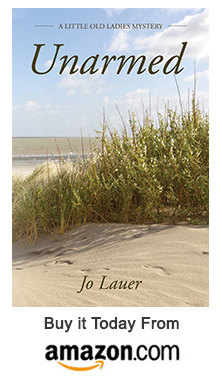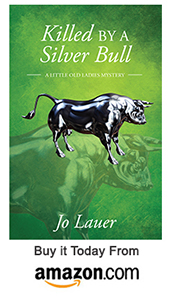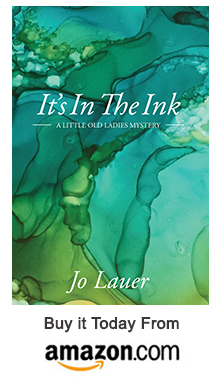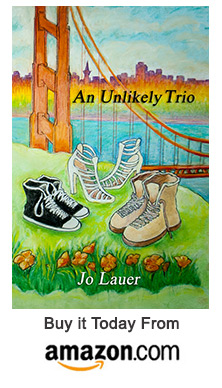
On Choosing A Cover For My Book (the picture won’t make sense until you reach the end of this post)
I thought just writing the darned thing was the hard part, but noooo. It’s only the beginning. Of course, there’s finding the right editor to work with, a million hours of edits and revisions, locating the right publisher and following their submission guidelines to the “T,” playing the hurry-up-and-wait game for months at a time. Should I be fortunate enough to land a publishing contract, there’s the marketing aspect to deal with. How do I market my work out there in a world where books fill the shelves of bookstores, swamp the internet distribution sites, line the walls of coffee houses, even have their own nook in grocery stores—millions and millions of glorious books (not to mention the e-books that require no shelf space and are available at the click of a mouse).
You’ve heard the adage, You can’t tell a book by its cover? First appearances, however, speak volumes. If I’m not looking for a particular book, when faced with row upon row of books on a shelf, the first thing that catches my eye IS the cover—the color, texture, artwork, size of font are all absorbed by my book-hungry brain. When something catches my eye, I’ll read the first sentence. If that goes well, I’ll read the first paragraph. If that goes well, I’ll scan the rest of the first page. After that, if it’s priced properly, it’s a sale. If my eye isn’t caught, that precious first sentence we writers sweat over, lose sleep over, use up ink cartridges over, is lost on me.
I can’t be the only one who is visually seduced into choosing a book. With that thought in mind, I grapple with the imagery for the cover of my novel. Okay, so it hasn’t found a publisher yet, but as soon as it does, we’ll need a cover for the little sucker, pronto. Working title is, Best Laid Plans, inspired by Scottish poet Robert Burns who wrote, “The best-laid schemes o’ mice an’ men gang aft agley.” I remember my mother quoting this on a number of occasions throughout my childhood to address my frustration when things just didn’t turn out the way I’d hoped.
In my novel, there are points of frustration when things just don’t turn out as planned, by either the protagonist or the antagonist (or the author). So how do I “show” that? I wanted an image that I could use again, something recognizable, familiar, for a sequel perhaps, that would say, “Oh, I know that (fill in the blank image), it was on her other book.” I’ve always had a penchant for icons. My mind began its own brainstorming session while I was washing the dishes. Paper dolls, it said. Remember when we used to get hours of pleasure as a kid putting different outfits on the same paper doll? She wouldn’t wear the same outfit to the football game as she would to a tea party, right? Hmm. Different outfits, same “doll.”
My brain goes to funny places when left unfocused. A gray mouse, dressed in a pink tutu, holding a parasol overhead in one hand, and in the other a large wedge of cheese. Behind her, an obviously unsnapped mousetrap, minus the cheese. Someone’s best laid plan has gone agley. Suddenly, the gray mouse has become my paper doll, and I see a whole new outfit for the sequel, The Next Step. Picture Ms. Mousie dressed to the nines, high heels, fishnet stockings, maybe a little hat with a net, taking the first step as she descends a flight of stairs only to find that it ends at a brick wall. Very film noir.
But, I get ahead of myself (way ahead). Back to the first (still unpublished) book. Why a pink tutu? It’s sort of an inside joke. Consider it paying homage to a former lover. This woman fought tirelessly to obtain shared custody of her child after the break-up of her partnership with another woman (the biological mother of the child). The legal battles were unbelievably expensive. One of the fundraisers to finance yet another appeal, was a Dance Along Nutcracker Suite. My ex and two other extraordinarily brave butches donned pink tutus (how unlikely is that?) and danced across stage to the music for the Sugar Plum Fairy. Needless to say, the fundraiser was a smash and brought in all sorts of cash. That was a memorable example of someone dedicated to accomplishing something that was so important to her, she was willing to step out of her comfort zone—way out. The same is true for the protagonists in the book.
I wish I could share the image of Ms. Mousie with you, but you’ll just have to wait. There’s also the very real possibility that a publisher would put the kibosh on the whole idea—but it is a swell idea, nonetheless. I’d love to hear from other writers about their process of choosing a cover. If you are such a person, please leave me a comment.








